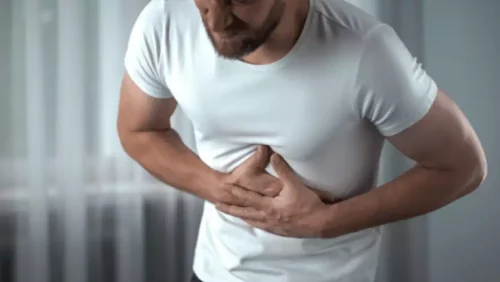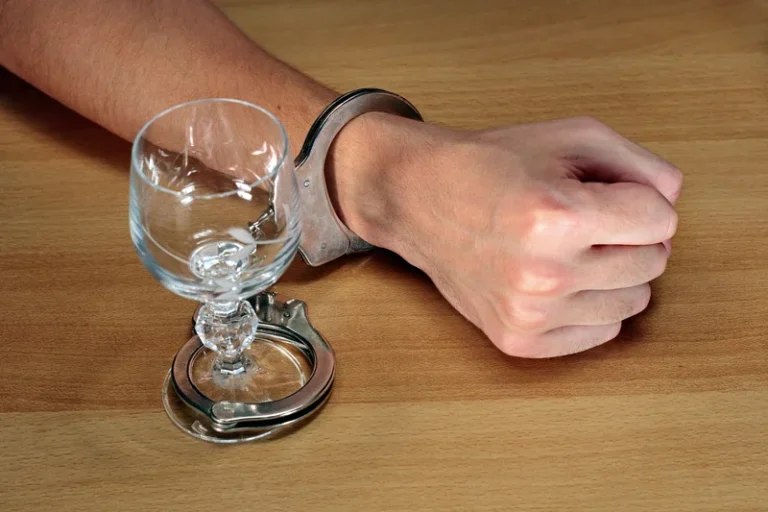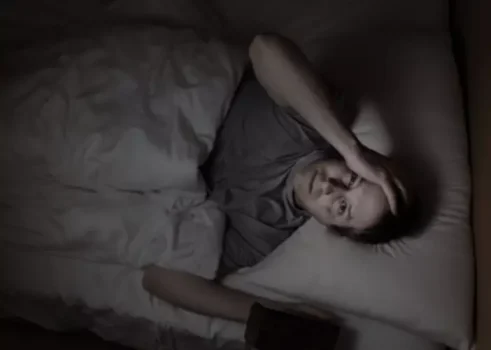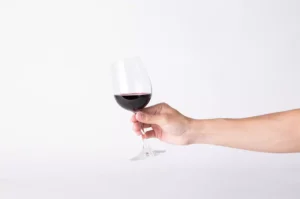
If your drug use is out of control or causing problems, get help. The sooner you seek help, the greater your chances for a long-term recovery. Talk with your health care provider or see a mental health provider, such as a doctor who specializes in addiction medicine or addiction psychiatry, or a licensed alcohol and drug counselor. Sometimes called the “opioid epidemic,” addiction to opioid prescription pain medicines has reached an alarming rate across the United States. Some people who’ve been using opioids over a long period of time may need physician-prescribed temporary or long-term drug substitution during treatment. Despite the name, these are not bath products such as Epsom salts.

Signs of a heroin addiction
Doctors tailor their treatment approach to the individual needs of the person. People who are in withdrawal may exhibit signs of agitation and anxiety. Explore Mayo Clinic studies testing new treatments, interventions and tests as a means to prevent, detect, treat or manage this condition. The self-help support group message is that addiction is an ongoing disorder with a danger of relapse. Self-help support groups can decrease the sense of shame and isolation that can lead to relapse. You’ll soon start receiving the latest Mayo Clinic health information you requested in your inbox.
Naloxone Stops Opioid Overdoses. How Do You Use It?
It’s a cautionary tale about the dangers of quick fixes and the need for comprehensive, long-term solutions to complex problems. The short-term effects of heroin use can be deceptively pleasant – a rush of warmth, pain relief, and a sense of calm. As the drug wears off, users experience a crash that leaves them feeling worse than before, setting the stage for a vicious cycle of use and withdrawal. During this phase of treatment, you may be prescribed another medication to minimize heroin withdrawal symptoms. While the medication selected depends on your unique needs, it may work to stimulate or block your opioid receptors.
- These agents are often fatal to the user, and deaths have been reported.
- Both of these factors may increase a person’s risk of overdosing.
- This is a metabolite, or a byproduct of the drug breakdown process, that only shows up after you take heroin.
- Heroin, a highly addictive drug, is derived from the morphine alkaloid found in opium poppy plant (Papaver somniferum) and is roughly 2 to 3 times more potent than morphine.
- Like a child, you also need to learn new behaviors and rebuild your life.
- This helps them inject heroin into veins that have been damaged by regular heroin use.
Heroin addiction and withdrawal

Some people require multiple attempts before they give up heroin for good. However, determination and dedication go a long way toward aiding recovery. Recognizing that you or someone you care about has a substance abuse problem is the first step in that process. If you or someone you love is addicted to heroin, reach out to your family doctor or someone else you trust.
Fentanyl’s Role in Heroin Overdose
- These drugs are not all in the same category, but they share some similar effects and dangers, including long-term harmful effects.
- Every person is different, and underlying issues, such as mental health problems, can affect a treatment plan.
- Heroin addiction can have severe consequences for people and their loved ones.
- To understand what goes through the minds and bodies of opioid users, The New York Times spent months interviewing users, family members and addiction experts.
It’s nearly impossible to tell what’s been added to heroin without conducting tests. Heroin and other illegal drugs may be laced with dangerous substances heroin addiction treatment that are only identified after a tragic event occurs. After injecting it, someone will experience drug-induced euphoria quickly, often within seconds.
- Drug addiction, also called substance use disorder, is a disease that affects a person’s brain and behavior and leads to an inability to control the use of a legal or illegal drug or medicine.
- That’s a classification the U.S. government uses for drugs that are easy to abuse, have no medical purpose, and aren’t considered safe even if a doctor were to give it to you.
Ketamine Therapy for Opioid Addiction: A Promising Treatment Approach
- Always consult your healthcare provider to ensure the information displayed on this page applies to your personal circumstances.
- Medication-assisted treatment (MAT) has emerged as a game-changer in the field of heroin addiction treatment.
- Seventy-seven percent of opioid overdose deaths occur outside medical settings, and more than half occur at home.
- Heroin addiction stories often paint a vivid picture of this descent into despair.
- Other effects can include respiratory depression, constricted (“pinpoint”) pupils and nausea.
Stimulants include amphetamines, meth (methamphetamine), cocaine, methylphenidate (Ritalin, Concerta, others) and amphetamine-dextroamphetamine (Adderall XR, Mydayis). They’re often used and misused in search of a “high,” or to boost energy, to improve performance at work or school, or to lose weight or control appetite. Barbiturates, benzodiazepines and hypnotics are prescription central https://ecosoberhouse.com/ nervous system depressants. They’re often used and misused in search for a sense of relaxation or a desire to “switch off” or forget stress-related thoughts or feelings. Substituted cathinones, also called “bath salts,” are mind-altering (psychoactive) substances similar to amphetamines such as ecstasy (MDMA) and cocaine. Packages are often labeled as other products to avoid detection.
Medications for Opioid Overdose, Withdrawal, & Addiction
Heroin injections leave needle marks, so many addicts wear long-sleeve clothing to hide their scars, even in warm weather. If they’re worried their addiction will be discovered, they may withdraw from friends and family members. Social and personal isolation is common among people with addiction.
Physical effects
